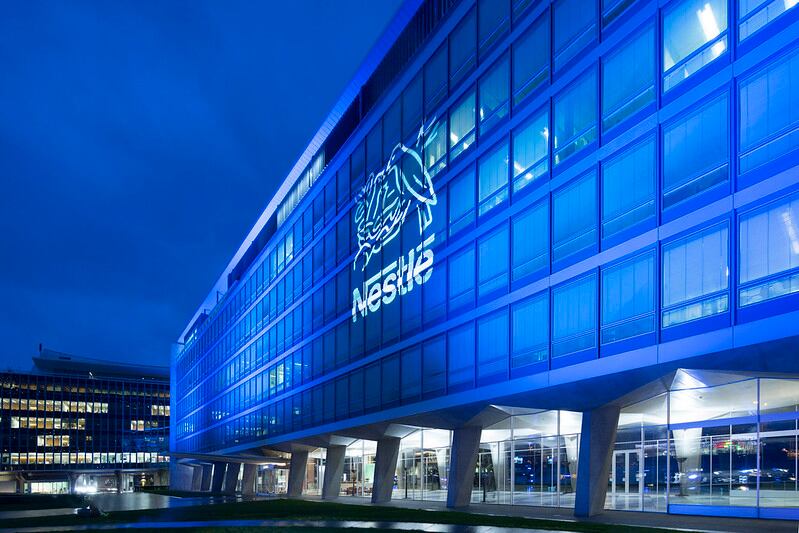“After three years of extraordinary challenges and market gyrations from the pandemic to the war and the surge of inflation, we are seeing a gradual easing on a number of issues,” but their longer-term impact continues to linger – calling for a “responsible approach” to manage ongoing challenges, CEO Mark Schneider told investment analysts earlier this week during the company’s first quarter earnings call.
For example, he explained, while some commodity costs are starting to drop, inflation overall remains elevated -- pushing the company to continue to raise prices steadily in recent quarters to offset this impact.
In the first quarter ending March 31, Nestle raised prices on average 9.8% across categories and regions. In the US, price increases were notably higher at 12.4% -- a move made possible in part by stable elasticities and US consumers' ongoing willingness to spend while their counterparts in Europe are pulling back more noticeably, explained CFO Francois-Xavier Roger.
He added, “Our pricing has been at the same level for about three quarters and is plateauing around 9%. Now we will probably see pricing moving down a bit as we progress further into the year, given that we are lapping higher comparable [prices from] last year.”
The price hikes in Q1 helped lift organic growth, which reached 9.3% broadly for the quarter. Again in the US, organic growth was higher at 11.6%, likely reflecting the difference in price increases.
The company’s real internal growth, which includes the sum of volume and mix, was still slightly negative, but came in stronger than expected at negative 0.5%, Schneider acknowledged. But, for context, he added real internal growth for the fourth quarter of 2022 was minute 2.6%.
“The Q1 sequential improvement in real internal growth was particularly strong in zone North America,” where it dipped only 0.8%, he added.
Schneider and Roger added the price increases likely are not the main drag on real internal growth across the company. Rather, they called out ongoing capacity constraints, particularly around coffee, creamers and Perrier, and ongoing portfolio reshaping as contributors.
“We continue to work on our portfolio optimization program and can confirm our earlier estimate that this program will have a net negative impact for the first half of the year,” added Schneider.
As the company continues to finetune its portfolio and strike a balance between consumers’ and the business’ needs over the coming months, it expects organic sales growth will come in around 6-8% for the year with an underlying trading operating profit margin of 17% to 17.5%.



